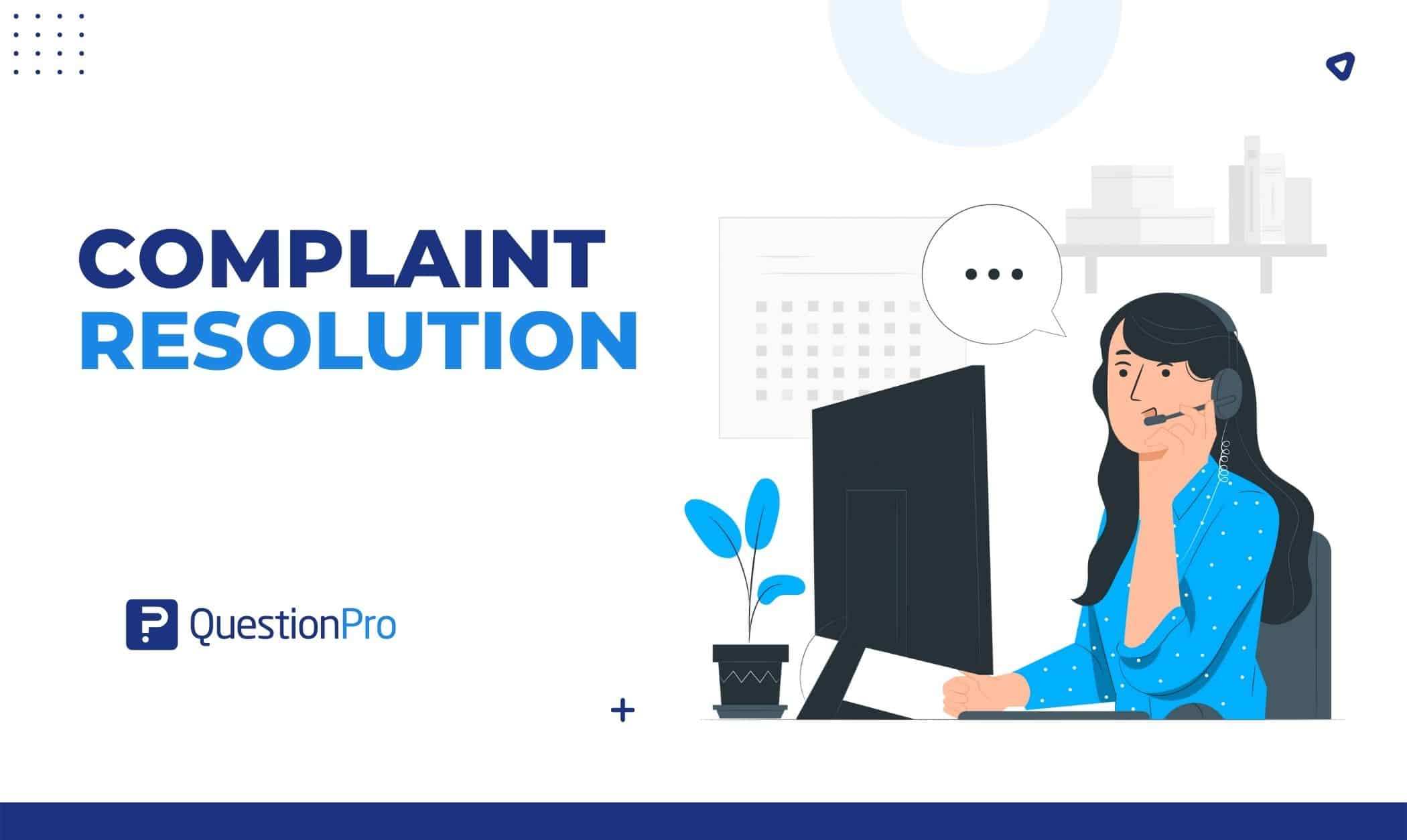
In the world of business, customer complaints are as inevitable as rain on a summer's day. But unlike the weather, how you handle these complaints can make or break your business. Picture this: a dissatisfied customer is like a leaky faucet. Ignore it, and you'll face a flood of problems down the line. But fix it promptly and effectively, and you'll have a happy, loyal customer singing your praises. So, let's dive into the art of complaint resolution and turn those angry customers into your biggest fans.
The Art of Listening: Your Secret Weapon
First things first, listen actively. Customer feedback, even when it's a complaint, is a goldmine of information. It's like a map leading you straight to the treasure trove of customer satisfaction. According to a study by NewVoiceMedia, poor customer service costs businesses a whopping $75 billion a year. So, listen up, because every complaint is an opportunity to improve.
Empathy: The Magic Word
When a customer complains, they're not just sharing a problem; they're sharing an emotion. Empathize with them. Put yourself in their shoes. Wouldn't you be upset if your brand new widget stopped working after a day? Showing genuine empathy can defuse even the angriest customers.
The Calm in the Storm: Handling Angry Customers
Dealing with angry customers is like trying to tame a wild lion. It's scary, but with the right approach, you can turn that roar into a purr. The key? Stay calm. Remember, it's not personal. They're not mad at you; they're mad at the situation.
Apologize, But Don't Grovel
A sincere apology can work wonders. It shows that you acknowledge their feelings and take responsibility. But don't overdo it. Apologize for the inconvenience, not for your existence.
Problem Solving: The Heart of Complaint Resolution
Now that you've listened, empathized, and apologized, it's time to fix the problem. This is where your customer service skills really shine. Think of it like solving a puzzle. You've got all the pieces (information), now you just need to put them together.
Ask, Don't Assume
Don't assume you know what the customer wants. Ask them. Sometimes, people just want to be heard. Other times, they want a refund or a replacement. Ask, and you shall receive (the answer, that is).
Offer Solutions, Not Excuses
Customers don't want to hear excuses. They want solutions. So instead of saying, "We're short-staffed today," say, "I apologize for the delay. Let me find out how I can speed up the process for you."

The Follow-Up: Your Ace in the Hole
You've resolved the complaint, the customer is happy, you're done, right? Wrong. Follow up. Check in with them to make sure they're still satisfied. It's like checking on a plant after you've watered it. Just because it's not wilting anymore doesn't mean it's thriving.
Feedback: The Gift That Keeps on Giving
After you've followed up, ask for feedback. What did you do right? What could you improve? Customer feedback is a never-ending learning opportunity.
Training Your Team: The Power of Preparation
Handling customer complaints effectively isn't a one-person job. Your entire team needs to be on board. Train them. Role-play different scenarios. Teach them the art of active listening, empathy, and problem-solving.
Create a Complaint Handling Policy
A clear complaint handling policy ensures everyone is on the same page. It's like a roadmap, guiding your team through the treacherous terrain of customer complaints.

The Power of Positivity: Turning Complaints into Compliments
Every complaint is an opportunity to turn a dissatisfied customer into a raving fan. Imagine a customer so impressed with your service that they can't stop talking about you. That's the power of effective complaint resolution.
The Ripple Effect
Happy customers tell their friends. Unhappy customers tell the world. But a customer whose complaint was handled effectively? They tell the universe. That's the ripple effect of excellent customer service.
Conclusion: Embrace Complaints, Embrace Success
Complaints are not your enemy; they're your ally. They highlight areas for improvement, test your problem-solving skills, and give you a chance to turn angry customers into loyal fans. So, embrace them. Welcome them. And most importantly, handle them effectively.
Remember, every complaint is a conversation. A conversation that can lead to better understanding, improved services, and happier customers. So, are you ready to turn those complaints into compliments? The ball is in your court.
FAQs
Q: How do I stay calm when a customer is shouting at me? A: Remember, it's not personal. Take a deep breath, speak slowly and calmly, and focus on the solution, not the emotion.
Q: What if the customer is wrong? A: Even if the customer is wrong, their feelings are valid. Focus on acknowledging their emotions and finding a solution that works for both of you.
Q: How do I handle complaints on social media? A: Respond promptly, publicly, and politely. Offer to take the conversation private to resolve the issue. And always, always apologize for the inconvenience.
Q: What if I don't know the answer to a customer's problem? A: It's okay not to know everything. Tell the customer you'll find out and get back to them. Then do it.
Q: How do I handle a customer who just wants to vent? A: Let them. Sometimes, people just need to be heard. Listen actively, empathize, and ask if there's anything specific you can help with. If not, thank them for their feedback and assure them it will be taken into consideration.
Posting Komentar